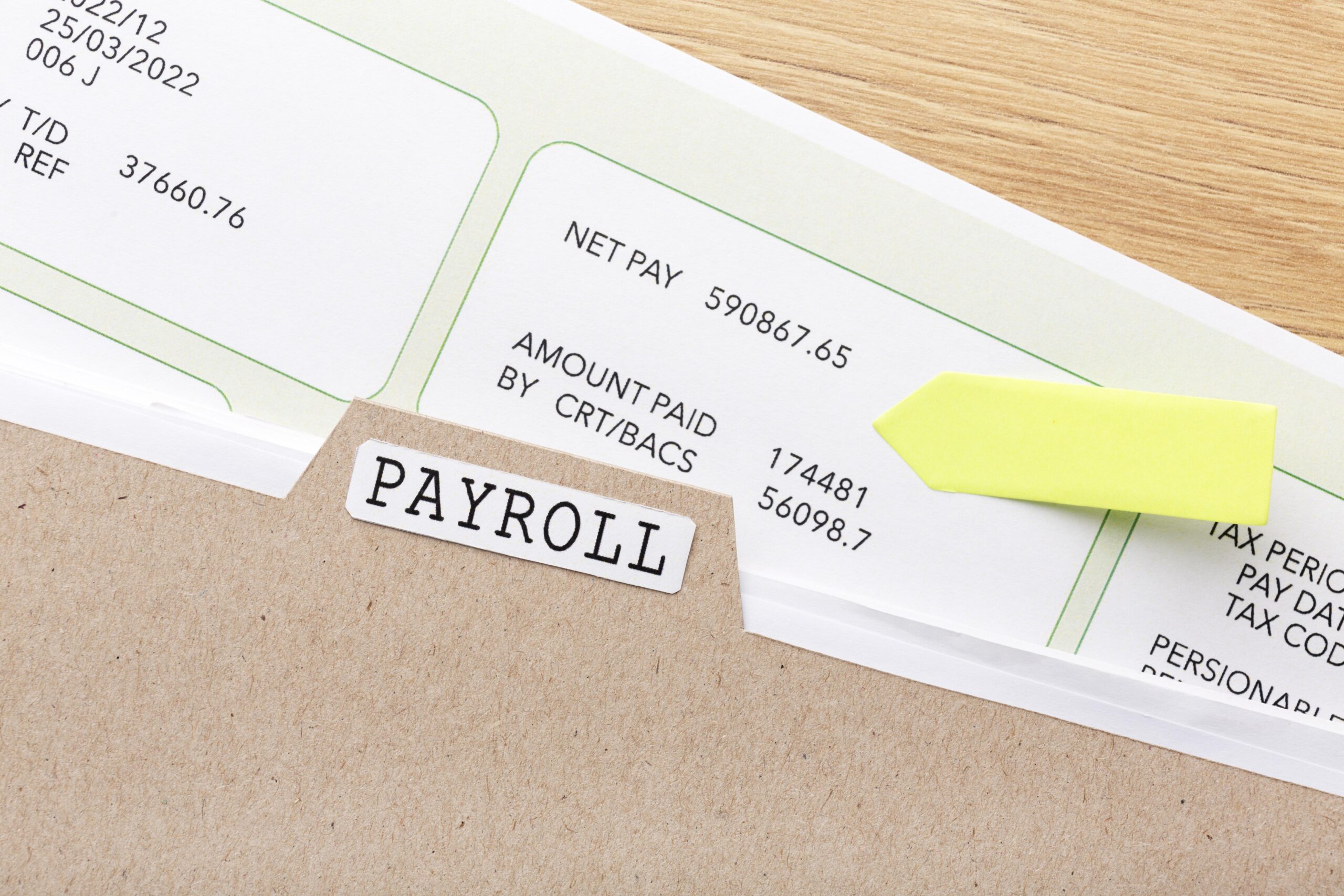Pay Stub for Dummies – Easy Guide to Reading Your Paycheck
Introduction
Many workers receive a paycheck but rarely take the time to understand the attached pay stub. A pay stub is more than just a slip of paper—it’s a roadmap of your income, taxes, and deductions. This Pay Stub for Dummies guide explains everything in clear, simple terms, making it easier for everyday employees to understand how their pay is calculated, how deductions are applied, and how it impacts their overall financial life. For additional details, you can also explore our Pay Stubs 101 guide.
Pay Stub for Dummies: A Simple Breakdown
Whether you’re starting your first job or have been in the workforce for years, learning how to read your pay stub is essential. It ensures payroll accuracy, helps with tax preparation, and allows you to track benefits and retirement contributions. Using a trusted pay stub generator can also help you create a sample stub for practice or personal use.
What Exactly Is a Pay Stub?
A pay stub is a document provided by your employer each payday that outlines how your wages were calculated. It details earnings, taxes withheld, and other deductions. Employers may provide physical copies or digital versions through payroll portals. By reviewing your stub regularly, you ensure your gross pay, taxes, and benefits are accurate. To see an example, check out a regular pay stub.
Key Components of a Pay Stub
1. Employee Information
Includes your full name, employee ID, and sometimes a masked Social Security Number to confirm the stub belongs to you.
2. Employer Information
Lists your company’s name and address, useful for official records and verification purposes.
3. Gross Pay
Total earnings before any deductions. This may include salary, hourly wages, overtime, bonuses, and other incentives.
4. Taxes Withheld
Employers withhold taxes, which typically include:
- Federal income tax
- State income tax (if applicable)
- Social Security tax
- Medicare tax
5. Other Deductions
This section includes deductions for retirement plans (401k or IRA), health insurance premiums, union dues, or garnishments.
6. Net Pay
Also known as take-home pay, this is the final amount you receive after all taxes and deductions have been applied.
Understanding each section is the first step in mastering your Pay Stub for Dummies knowledge.
Why Understanding Pay Stubs Matters
Knowing how to read your pay stub allows you to:
- Verify correct wages and hours worked.
- Track overtime, bonuses, and other special payments.
- Ensure deductions like health insurance and retirement contributions are accurate.
- Understand how much you’re paying in taxes each period.
Neglecting this information can lead to errors in income reporting, affecting taxes, benefits, and overall financial planning.
Common Mistakes Workers Make
Ignoring Tax Deductions
Failing to review tax withholdings can cause surprises during tax season. Always double-check deductions.
Not Verifying Benefits Contributions
Ensure that deductions for health insurance, retirement, or other benefits match your HR agreements.
Confusing Gross Pay and Net Pay
Remember, gross pay is your total earnings before deductions, while net pay is the amount deposited in your account.
Practical Tips for Reading Your Pay Stub
- Compare gross pay to your employment contract.
- Check overtime or bonus entries for accuracy.
- Review deductions for health insurance, taxes, and retirement contributions each pay cycle.
- Keep digital or printed copies for taxes, loans, or proof of income.
- Use a pay stub generator to create a sample stub for practice or verification.
How Pay Stubs Help with Financial Planning
Pay stubs are not just payroll records—they are financial planning tools. Reviewing them helps you:
- Plan your monthly budget based on actual take-home pay.
- Track retirement contributions and healthcare deductions.
- Prepare for tax season with accurate year-to-date (YTD) figures.
- Identify discrepancies early and report them to HR or payroll.
Conclusion: Simplifying Pay Stubs for Everyday Workers
While pay stubs may initially seem complex, understanding gross pay, deductions, and net pay simplifies the process. Regularly reviewing your Pay Stub for Dummies sections ensures accurate income reporting, better tax preparation, and stronger financial planning. For examples or hands-on practice, you can reference a regular pay stub or create one using a Pay Stub Generator.

